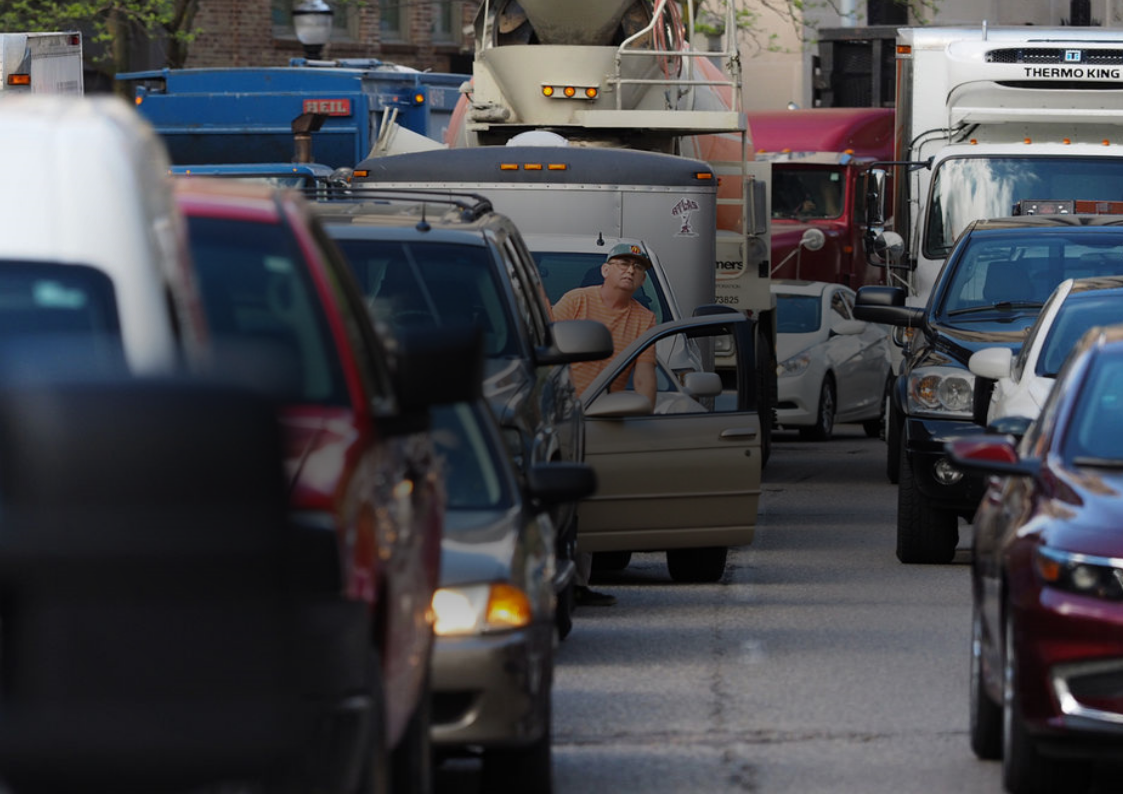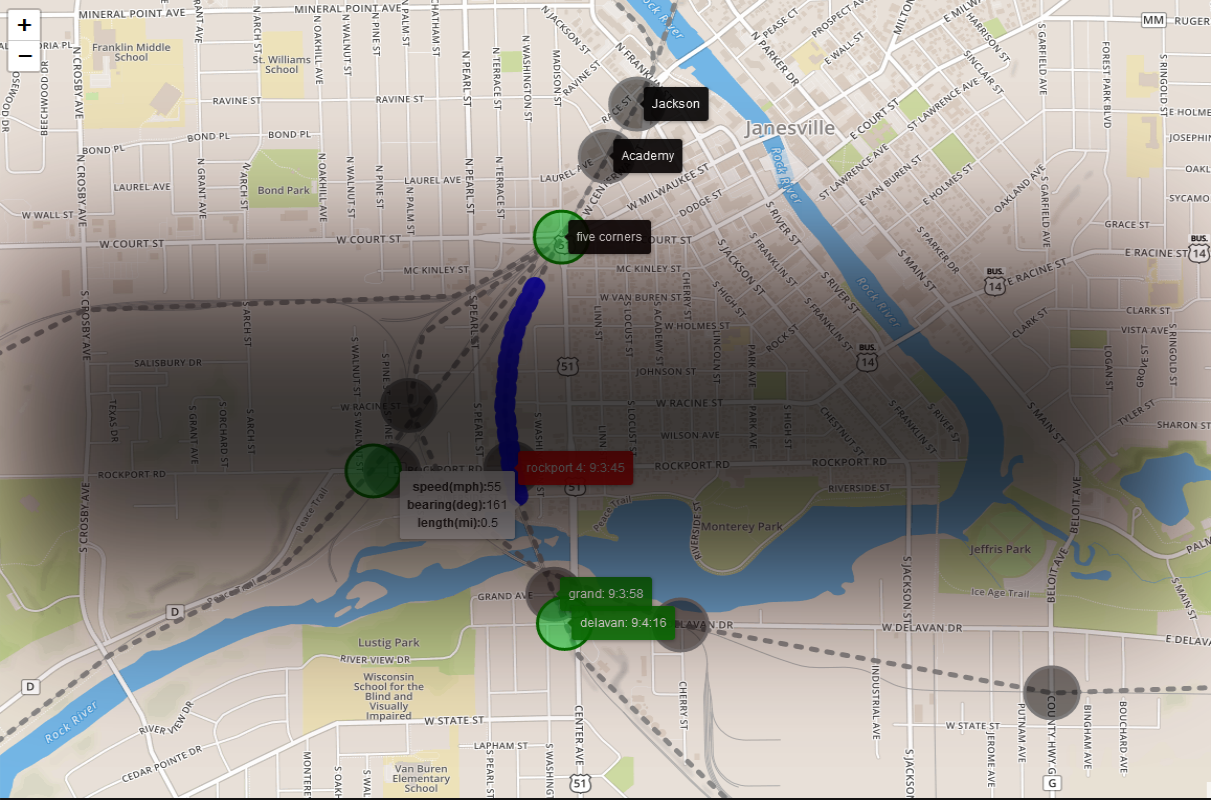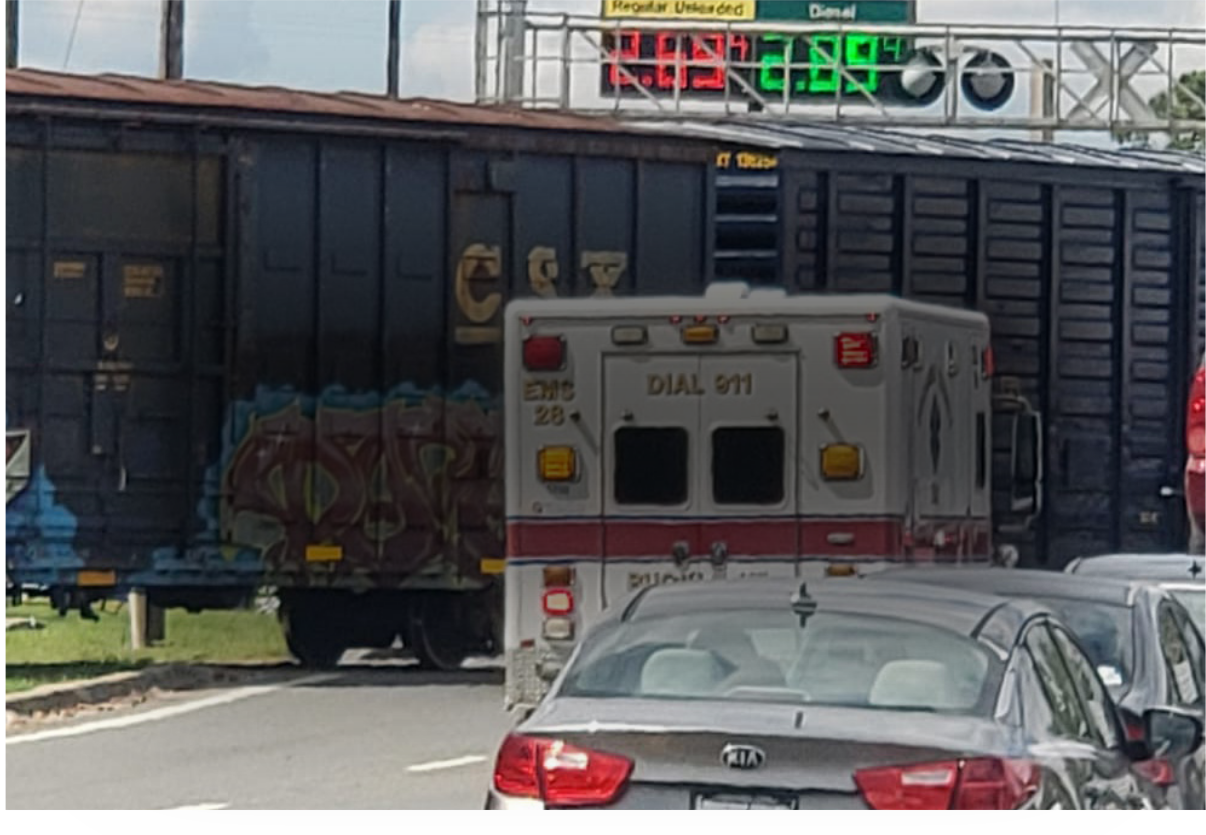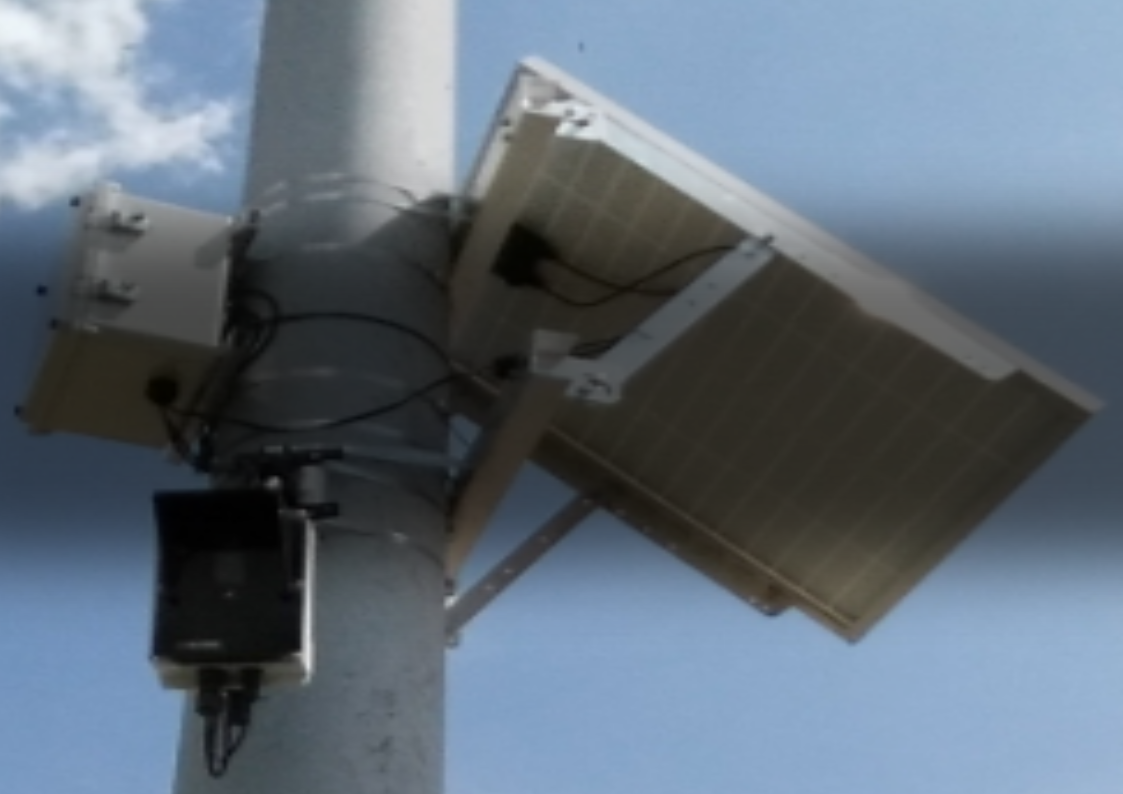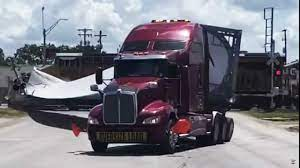We're changing the way that you are notified about on-coming trains!
.

Predictive Mobility: Systems that provide advance notification for emergency response dispatchers and drivers to avoid blocked crossings saving time and lives!
For Residents
Jane is a working mom. She needs to get her kids to school, then get to work with minutes to spare and the same exercise at the end of the day. She works for a prominent software company and regularly meets customers to close sales. When a freight train unexpectedly blocks her path for 6-8 minutes she faces being late to school, work or meetings, or risks dangerous accidents by racing to find a potential alternative route...without knowing how long the train is or when other crossing could be open. She needs to know what the status of the crossing will be when before she encounters it. She needs Predictive Mobility. LinqThingz predictive mobility solution provides real-time, future-look at occupied crossings during the course of the trip. She can look at the LinqThingz map before she leaves and use her detailed knowledge of city routes to plan her route to destination. While en-route, she can listen to LinqThingz audio messages regarding crossing times without interfering with her focus on the road.
For Logistics
Louis is a truck driver. He works to deliver critical medical products. Being late for deliveries can impact his future on the job. He is concerned about the extra fuel costs and the impact that idling at crossings has on the environment. If he knew the crossing would be occupied and how long the train is, he could choose a better route and not get stuck at the crossing wondering if he should shut off his engine; turn and take a different path or just patiently wait while time that he has to make his delivery is consumed. He needs to know what the status of the crossing will be before he encounters it. He needs Predictive Mobility. LinqThingz predictive mobility solution provides a real-time, future-look of occupied crossings during the course of the trip. While on a delivery, he can listen to LinqThingz audio messages regarding crossing times without interfering with his focus on the road.
For First Response
Larry is a paramedic. He needs to arrive at his destination within 4 minutes of getting “toned in” for a rescue involving a heart attack, stroke or traumatic injury. It is not enough to know a crossing is occupied or open when he leaves the fire house. He needs to know what the status of the crossing will be before he encounters it. He needs Predictive Mobility. LinqThingz predictive mobility solution provides a real-time, future-look of occupied crossings during the course of the trip. He can look at the LinqThingz map in the firehouse when he leaves and use his detailed knowledge of city routes to plan his route to the rescue. While on site, he can listen to LinqThingz audio messages regarding crossing times without interfering with his life-saving efforts so that he can best prepare for the route to the hospital.
Effects on Emergency Response
Crossings can be occupied 40 to 60 times a day. Freight will occupy crossings 8 minutes on average, 20 minutes a few times a week and up to an hour on a regular basis. When a Fire Truck pulls up to an occupied crossing...it can't just turn around. It is stuck until the crossing opens and traffic clears.
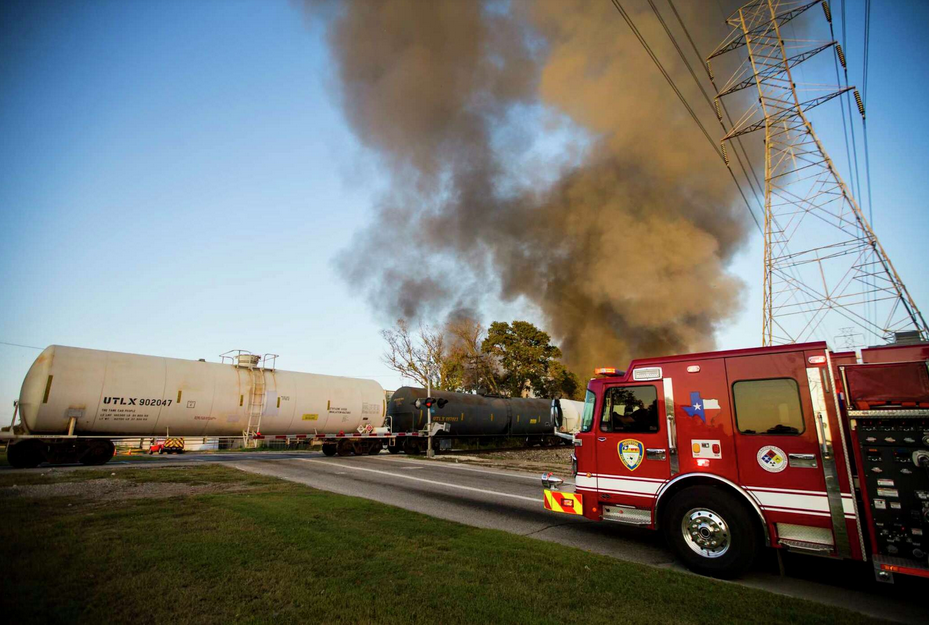
In Texas, a fire truck is stuck at a rail crossing while and industrial fire burns on the other side.
In Milwaukee, a fire crew watches flames rise in the air of a burning apartment building while they wait stuck in their truck on the other side of the tracks.
In Wisconsin Rapids, ambulance rides to the hospital are delayed by occupied crossings as much as 12 times every year.
In Woodhaven MI, an 82 year old man fell and hit his head and the ambulance was blocked for 20 minutes.
Catastrophic Crashes
Freight Schedules, Satellite Data, Social Mapping Apps, Crossing Gates...do not give enough information about where a train will occupy a crossing and for how long!
…see what happens when a semi only has a 20-second crossing signal notification about an on-coming train when trying to navigate a large load across the rails.
Dangerous Driving at Occupied Crossings
71% of rail crossing deaths occur despite accepted safety measures.
CONGESTION FRUSTRATION: "In fact, in 2017, 71 percent of fatal crashes at public grade crossings occurred at those with protective gates. States often report no difference in crashes after these safety improvements were added, and some states have even reported a slight increase in crashes. While there are many factors that may influence unsafe driver behavior at grade crossings, one factor identified in some incidents is that the driver wants to “beat the train” because they know they may have a long wait for the train to pass."


CONGESTION FRUSTRATION in action. Drivers turn around in traffic at an occupied crossing with a queue length of more than a mile.

